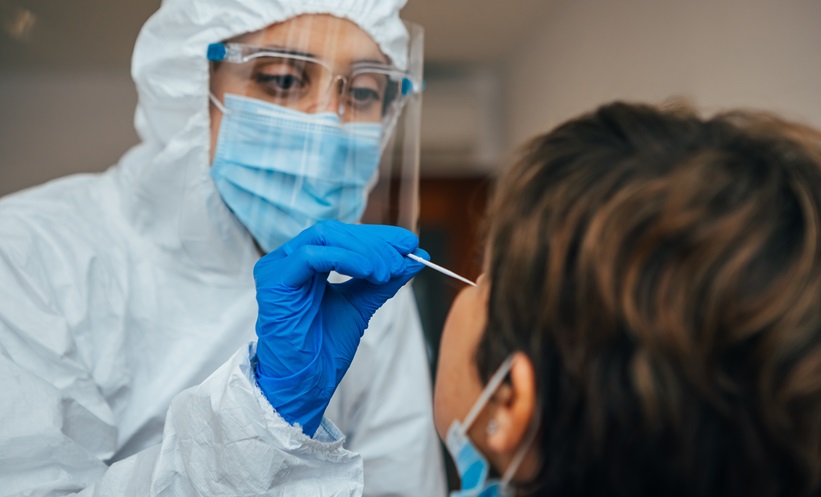A NEW study conducted during parabolic flight has shown that automatic chest compression devices (ACCDs), particularly a standard piston device, provide far more effective cardiopulmonary resuscitation (CPR) than manual techniques in microgravity, with potential implications for long-duration space missions and space tourism.
Cardiac arrest is one of the most challenging emergencies to manage in space, where both patient and rescuer float in microgravity. Current international guidelines recommend the “Hand-Stand” method for manual CPR in space, which delivers the most reliable compression depth and rate but requires significant training and remains technically demanding. Investigators hypothesised that ACCDs, widely used on Earth in hostile environments and refractory cardiac arrest, could improve the delivery of effective compressions in space. The team conducted a prospective, open, controlled study using three different ACCDs compared with manual CPR during parabolic flight simulations conducted by the French space agency (CNES) aboard a modified Airbus A310. A high-fidelity CPR training manikin was used to measure compression depth and rate.
Results showed that the standard piston device achieved a median compression depth of 53.0 mm [53.0–54.0], closely matching international guideline targets. By contrast, manual CPR (Hand-Stand method) and the other two devices achieved much lower depths: 29.0 mm [26.0–32.0], 29.0 mm [27.5–30.7], and 34.5 mm [29.6–43.3], respectively (all p<0.001). Compression rates were highly consistent at 101 cpm for the standard piston device, 100 cpm for the band device, and 80 cpm for the small piston device, whereas manual CPR reached a higher but less controlled rate of 115 cpm [109–123] (p<0.001).
The findings confirm that manual CPR is suboptimal in microgravity and that a standard piston ACCD can provide compressions within guideline-recommended parameters. These results support the integration of ACCDs, alongside early defibrillation and drug therapy, into spaceflight emergency protocols for cardiac arrest.
Reference
Reynette N et al. Cardiac arrest in space: how to perform cardiopulmonary resuscitation during spaceflight? ESC 2025, 29 August-1 September, 2025.








